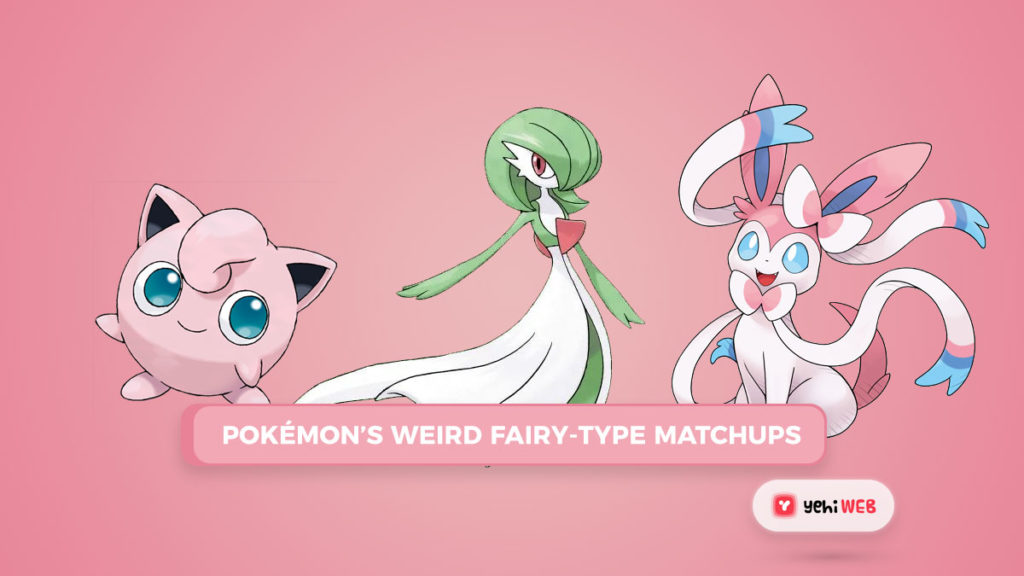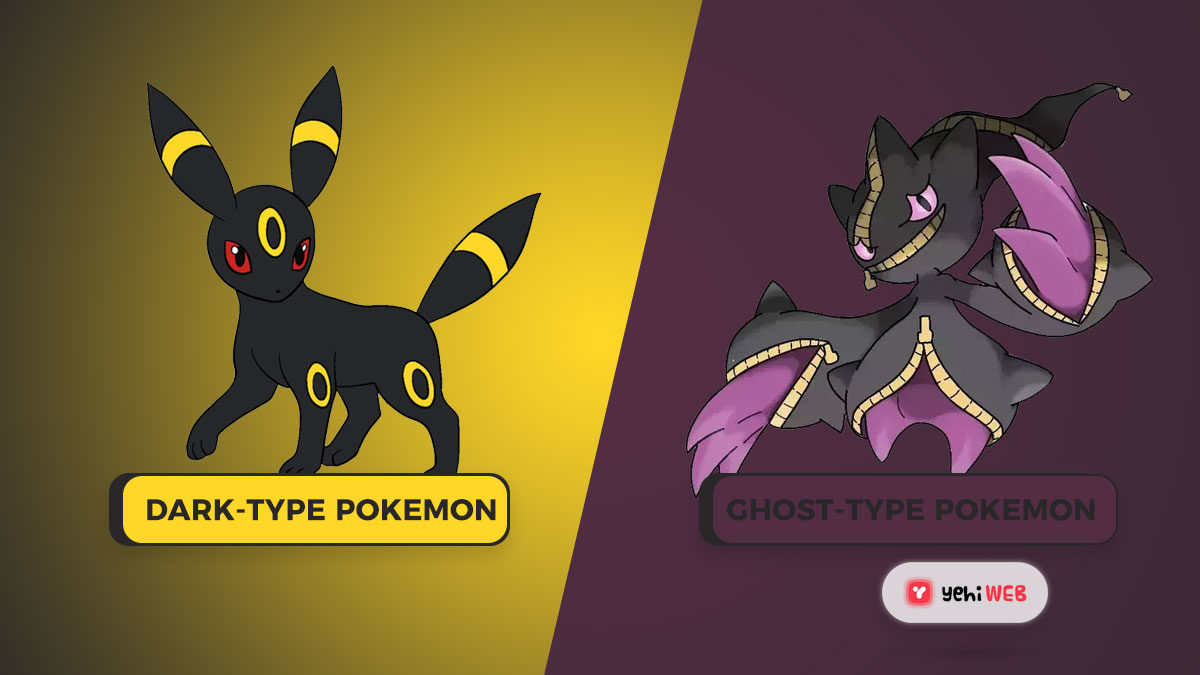Pokémon Type Matchups
Since Pokémon’s types must be well-balanced for gameplay, they have some truly bizarre strengths and weaknesses.
One of Pokémon’s most distinguishing characteristics is its 18 distinct types, each with distinct strengths and weaknesses as compared to one another. Although some of these types of matchups, such as Water’s superiority over Fire, are fairly obvious, others take more conceptual gymnastics to comprehend. Even if the strangest Pokémon type matchups have a niche explanation, they are much less evident than the others and were more likely introduced to keep the Pokémon games balanced.
Dark-typing was used in Generation II to fix some of the early Pokémon games’ balance issues. In Generation I, Psychic-type Pokémon dominated, so Dark-type’s advantage over them was both appropriate and easy to justify. Dark types, on the other hand, required more than one advantage, and as a result, they are twice as effective against dark types. Given that Ghost-type Pokémon are usually found in desolate, deserted areas, it is hard to believe they will have any issues with darkness. While it makes sense for certain Ghost-types, this is one of Pokémon’s weirdest weaknesses.
Fighting-type Pokémon have some unusual matchups, such as doing less harm to Flying and Bug-type Pokémon. Flying makes more sense that it is more difficult to reach a Pokémon in the air, which may give a bird an edge, but Bug doesn’t. There is no reason that a Fighting-type Pokémon should not squish a bug because it is just about gameplay balance here. Bug-type Pokémon have historically been small, vulnerable to many types of Fire and Flying, so they needed to give it at least a few resistances to give it a fighting chance.
Pokémon’s Weird Fairy-Type Matchups

Fairy-type was introduced in Pokémon generation six in order to help balance the types, and it introduced some entirely logical matchups in the process. Fairy’s effectiveness against Dragon-type and Dark-type opponents seem rational, but it is difficult to say the same about its weaknesses. Before Generation VI, both Poison and Steel-types had offensive limitations, so making them both super powerful against Fairy-types is a perfect way to improve their strength. This does not, however, imply that they “fit” as Fairy-defeating types. Steel is extremely egregious, though it is difficult to see why Fairy-types will be particularly vulnerable to some kind of Steel attack.
Ice, infamously one of the worst types in Pokémon, is another type with a lot of odd matchups. The Ice-type takes a lot of damage from Rock-type attacks, which, while unusual, can be explained. Rocks may potentially break the ice, equivalent to Fighting-type Pokémon, which have a vulnerability to ice as well. In terms of offense, Ice-type has an advantage over Ground-type, which is less evident. Given that this matchup has existed since generation one, it was most likely introduced to make Ice-type Pokémon better in the early games, as there is no other explanation.
While intuitive matchups are ideal, Pokémon types must also be well-balanced. Although strange matchups abound for types like Fairy and Ice, this is just valid such that any Pokémon has at least a few meaningful advantages. If Pokémon decides to add more varieties in the future, game balancing would almost certainly take precedence over all other considerations.

